10 Warning Signs Your Plants Need Extra Sunlight
If your plants are looking a little off lately, they may be trying to tell you something important. One of the most common reasons for poor plant health is inadequate sunlight. When plants do not receive enough light, they can show subtle signs that are easy to miss. Keep an eye on the changes in their leaves, stems, and overall growth. By understanding these signs, you can give your plants the care they truly need.
This post may contain affiliate links, which helps keep this content free. Please read our disclosure for more info.
Leaves Turning Yellow
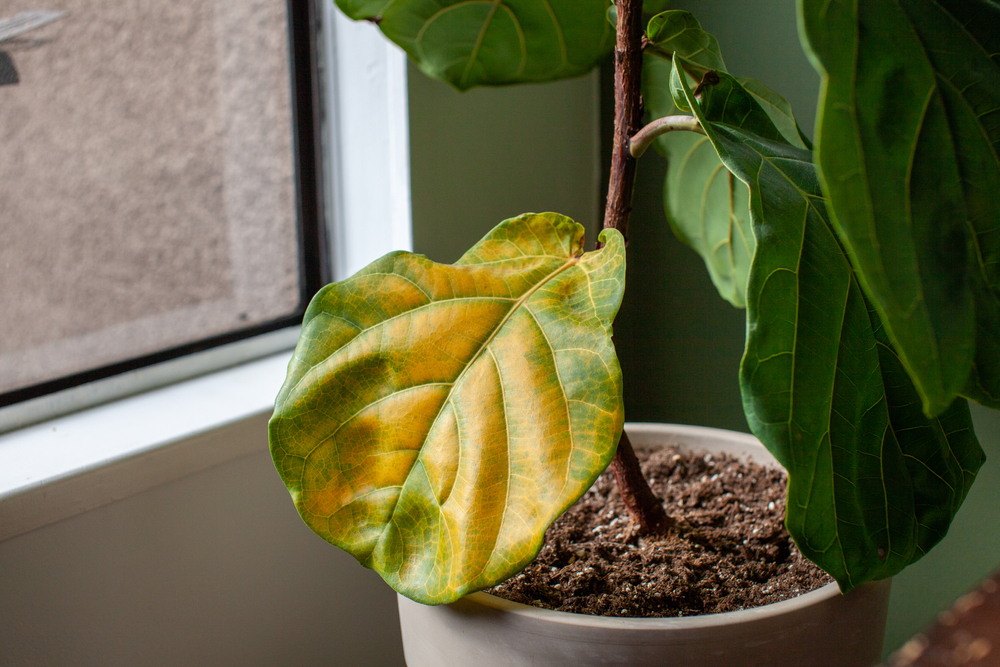
If the leaves on your plant are turning yellow, it could be a sign it is not getting enough sunlight. When plants do not receive sufficient light, they begin to conserve energy by reducing chlorophyll production. This results in a loss of their vibrant green color, often leading to yellowing leaves. While yellowing can also indicate overwatering, insufficient sunlight is a common cause and should be addressed.
The plant’s inability to photosynthesize properly due to lack of light leads to weak growth. The yellowing typically starts at the bottom of the plant and works its way upward. Providing your plant with more sunlight can help restore its healthy color and encourage new growth. Consider moving it to a brighter spot or adding supplemental light to keep it thriving.
Stretched or Leggy Growth
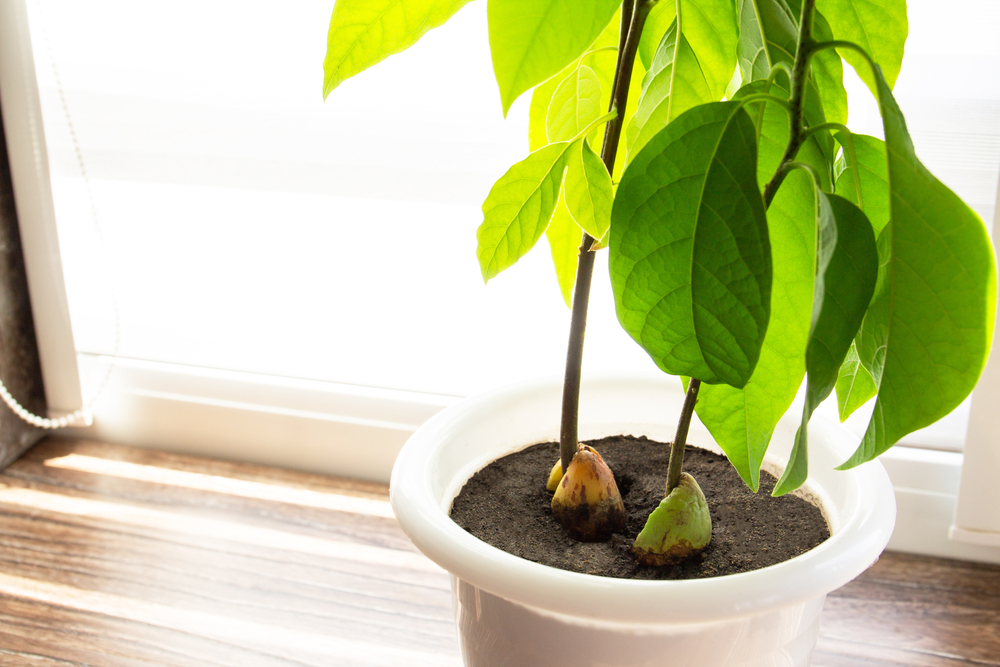
A plant with long, stretched stems and sparse leaves is begging for more sunlight. When a plant is placed in a low-light environment, it will stretch towards the light in an effort to find more. This leggy growth often results in weak stems that are less stable and may not support the plant well. If this is happening, it is time to give your plant more exposure to natural or artificial light.
Leggy plants tend to have long gaps between leaves, making them appear thin and frail. This can also make them look less aesthetically pleasing. By moving your plant to a sunnier spot, you can help it regain its strength and density. In some cases, pruning the leggy growth may encourage a fuller, more compact appearance.
Slow or Stunted Growth
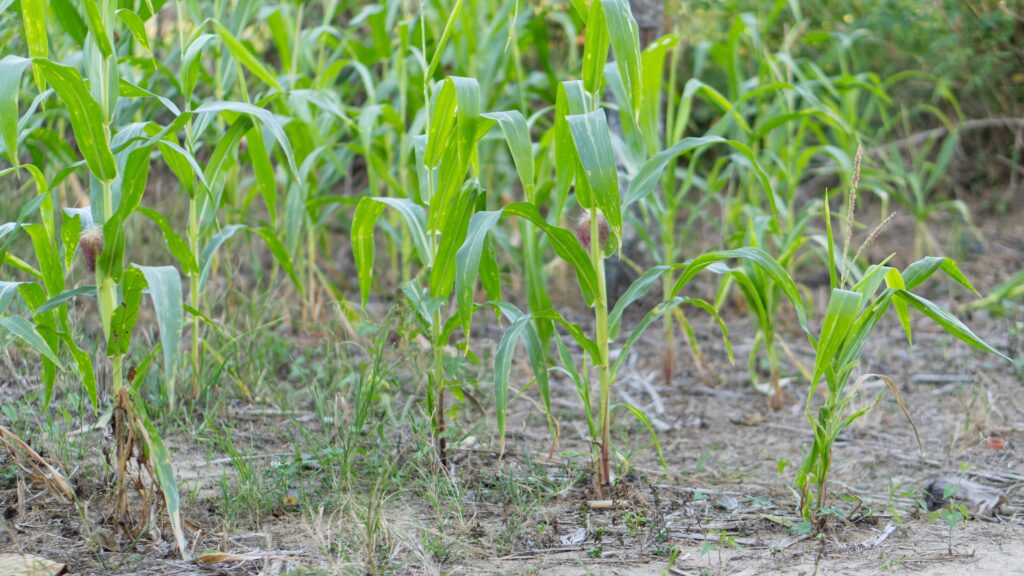
If your plant’s growth has significantly slowed down or completely stopped, it may be suffering from a lack of sunlight. Sunlight is essential for photosynthesis, the process that plants use to convert light into energy. Without enough light, your plant cannot produce the energy it needs to grow properly. In response, growth will slow or become stunted altogether.
When a plant does not receive sufficient light, it cannot maintain the usual growth rate. This often results in smaller leaves and shorter stems than you might expect. Giving your plant more sunlight can help jumpstart its growth and bring back its vitality. If slow growth continues despite a sunnier location, you may need to adjust other factors, such as watering and temperature.
Leaf Curling
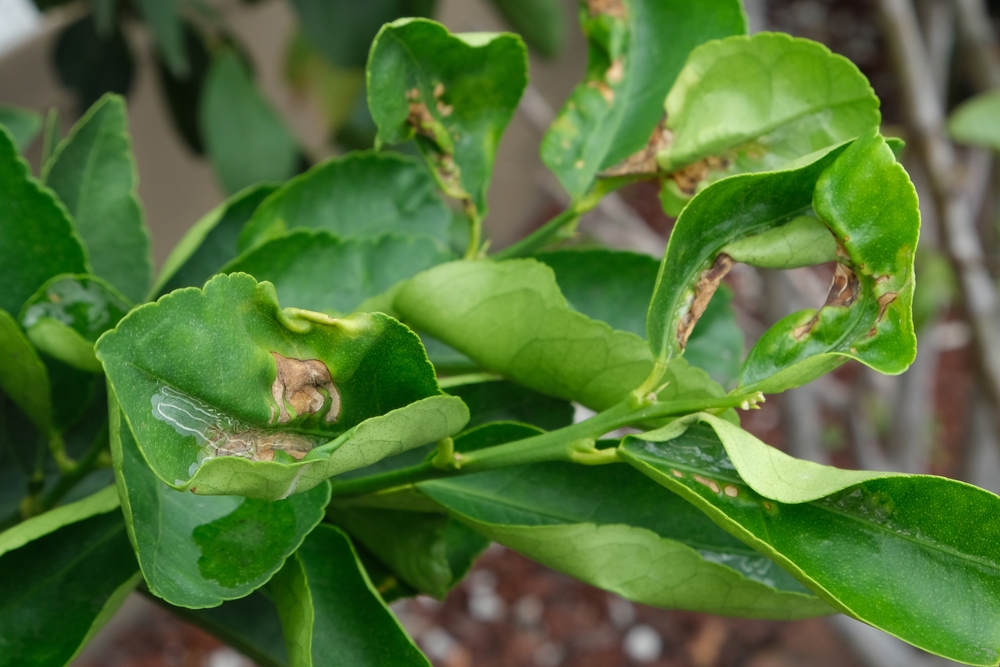
Leaf curling can be a subtle sign that your plant is not getting enough sunlight. When plants do not receive enough light, they will sometimes curl their leaves as a survival mechanism to conserve moisture and protect the leaf surface. This helps reduce the plant’s exposure to sunlight and prevent further damage. However, curling leaves can also indicate other stress factors, so it is important to assess all potential causes.
The leaves may curl in various ways, such as inward or downward, depending on the plant species. If you notice this happening, try moving the plant to a brighter area and monitor its recovery. Giving your plant more sunlight can reduce the stress, allowing the leaves to return to their normal shape. Keep in mind that other issues, such as temperature extremes, can also cause leaf curling.
Pale Leaves
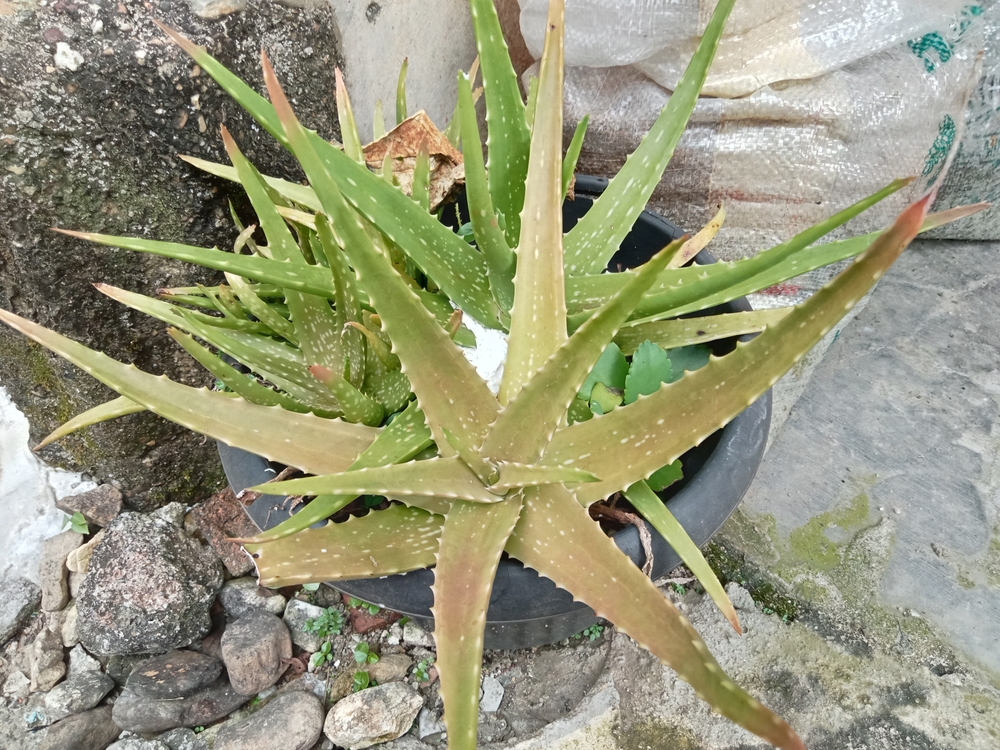
Pale or washed-out leaves are another indication that your plant might be struggling with insufficient sunlight. Chlorophyll, the pigment responsible for the green color in leaves, relies on sunlight to function properly. If a plant is not getting enough light, its chlorophyll levels drop, leading to pale or yellowing leaves. This is particularly common in indoor plants with low exposure to sunlight.
In addition to the lack of sunlight, the pale color could also indicate that the plant is not getting the nutrients it needs. However, sunlight is the most common culprit. Moving the plant to a brighter spot and making sure it receives adequate light can help restore its rich green color. You might also consider adding a grow light for additional support during darker months.
Thin or Weak Stems
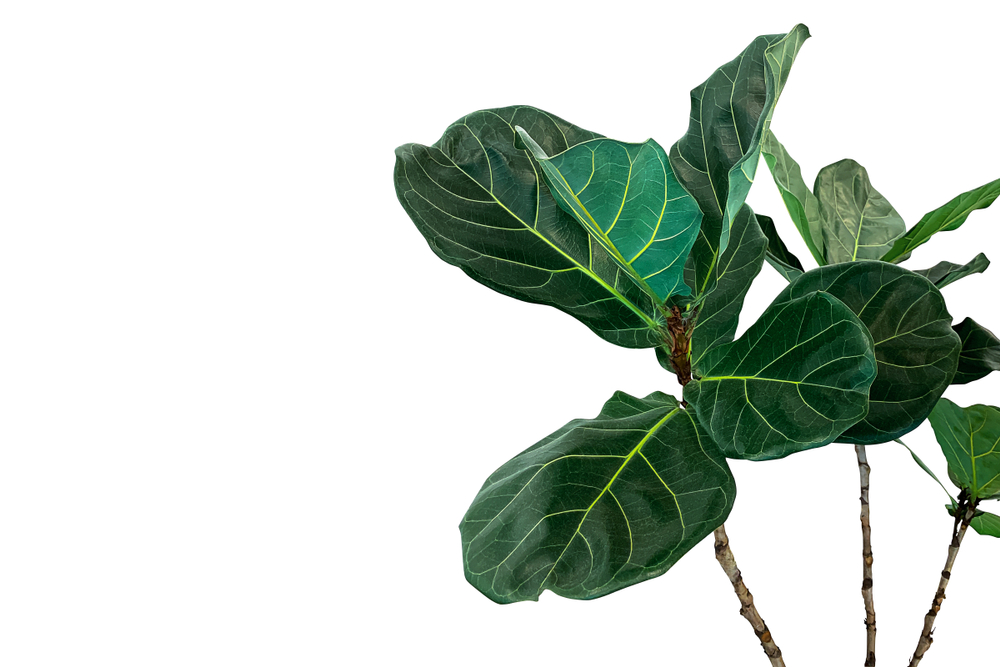
Plants that are not receiving enough sunlight often develop thin, weak stems that are unable to support their leaves properly. Without adequate light, the plant will prioritize survival over strength, leading to less robust growth. This can be particularly noticeable in taller plants, where the stems become spindly and fragile. Weak stems are more prone to bending and breaking, which can eventually damage the plant.
Thin stems often indicate that the plant is not getting the energy it needs from photosynthesis. The plant will attempt to stretch towards the light source, resulting in weak structural growth. To promote stronger, healthier stems, try moving your plant to a location with more sunlight. You can also prune the weak stems to encourage more compact and sturdy growth.
Leaves Drooping
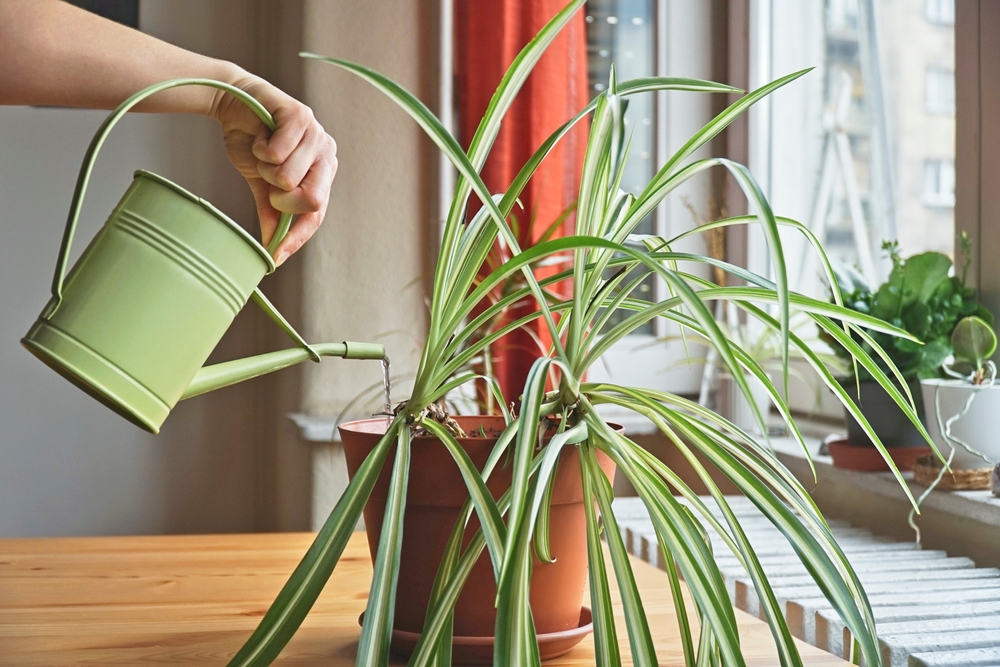
If your plant’s leaves are drooping or wilting, it could be a sign that it is not getting enough sunlight. When a plant is deprived of light, it struggles to produce the energy needed to maintain its structure. As a result, the leaves may lose their firmness and begin to droop. This is particularly noticeable in plants that typically have firm, upright leaves.
While drooping can also be caused by overwatering or underwatering, a lack of light is a common factor. If the plant is not getting enough sunlight, it cannot keep its leaves properly hydrated and firm. Placing the plant in a brighter location will help it absorb more light, providing it with the energy it needs to stay healthy and hydrated. Be sure to also check your watering habits to rule out other potential issues.
Premature Flowering or Fruiting
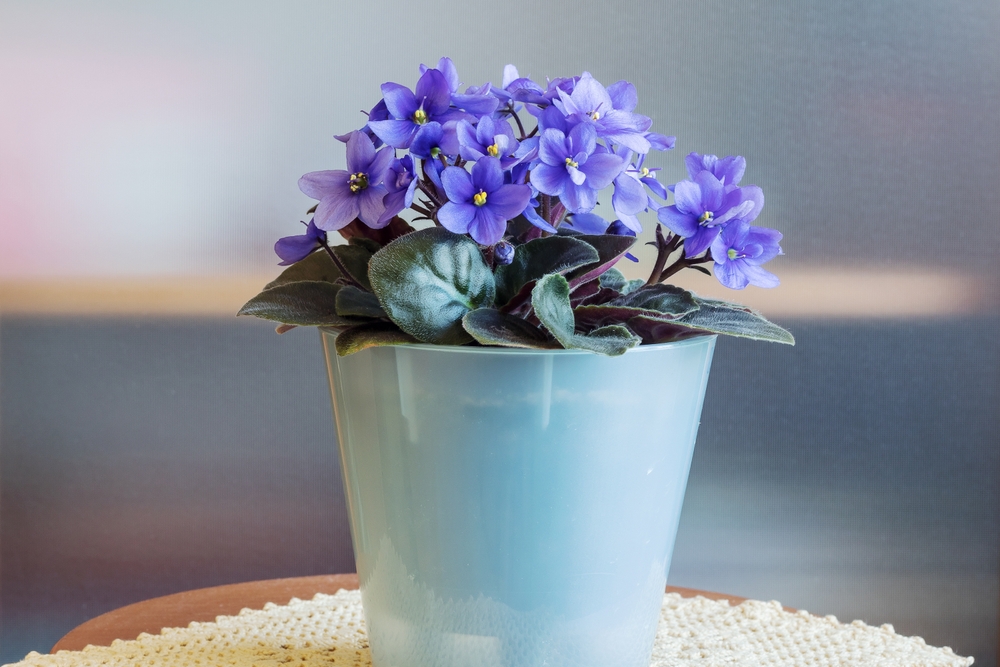
Premature flowering or fruiting can sometimes be a sign that your plant is not receiving enough sunlight. When plants do not get enough light, they may try to reproduce earlier than expected as a survival strategy. While this may seem like a positive sign, it can lead to weaker flowers or fruit that do not fully develop. This premature cycle can deplete the plant’s energy reserves, leaving it weak and vulnerable.
In some cases, plants that flower or fruit prematurely may not have enough energy to continue growing. The plant shifts its focus to reproduction rather than healthy growth. To prevent premature flowering, move the plant to a brighter location where it can receive the light it needs for healthy development. A more balanced light schedule will help the plant maintain both its growth and its reproductive cycles.
Leaves Developing Brown Tips
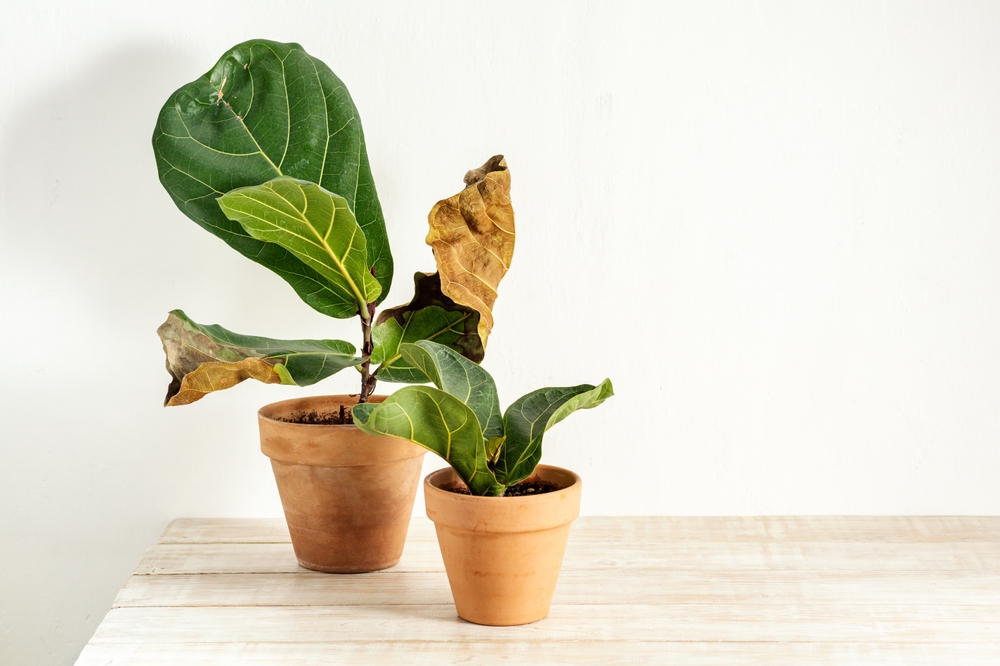
If you notice that the tips of your plant’s leaves are turning brown, this could be an indication that it is not getting enough sunlight. While brown tips are often linked to overwatering or underwatering, they can also occur when a plant is deprived of light. The plant’s inability to photosynthesize effectively can lead to dehydration, causing the tips of the leaves to dry out and turn brown.
Brown tips can also be a sign that the plant is stressed and struggling to take in the necessary nutrients. When plants lack sunlight, they become less efficient at absorbing water and nutrients from the soil. Moving the plant to a brighter spot can help reduce stress and restore healthy growth. If the brown tips are extensive, trimming them can improve the overall appearance of the plant.
No New Growth
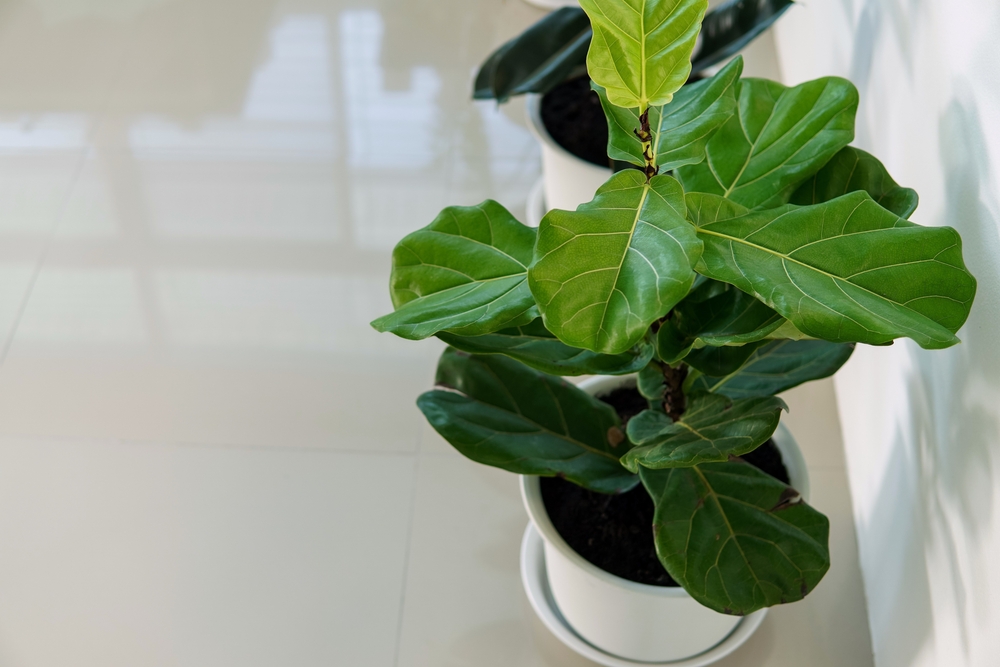
If your plant is not producing any new growth, it is likely not receiving enough sunlight. Sunlight is essential for stimulating new growth, and without it, the plant will struggle to push out new leaves or flowers. The lack of new growth can also indicate that the plant is not able to store enough energy to support further development. When plants are deprived of sunlight, their energy reserves become depleted, resulting in a stagnation of growth.
No new growth is particularly noticeable in plants that are usually fast-growing. If you notice this issue, try moving the plant to a brighter location with more direct sunlight. If the plant is still not producing new growth after a few weeks, you may need to adjust your watering or nutrient routine. Sunlight is often the key to reawakening the growth cycle.
This article originally appeared on Avocadu.
